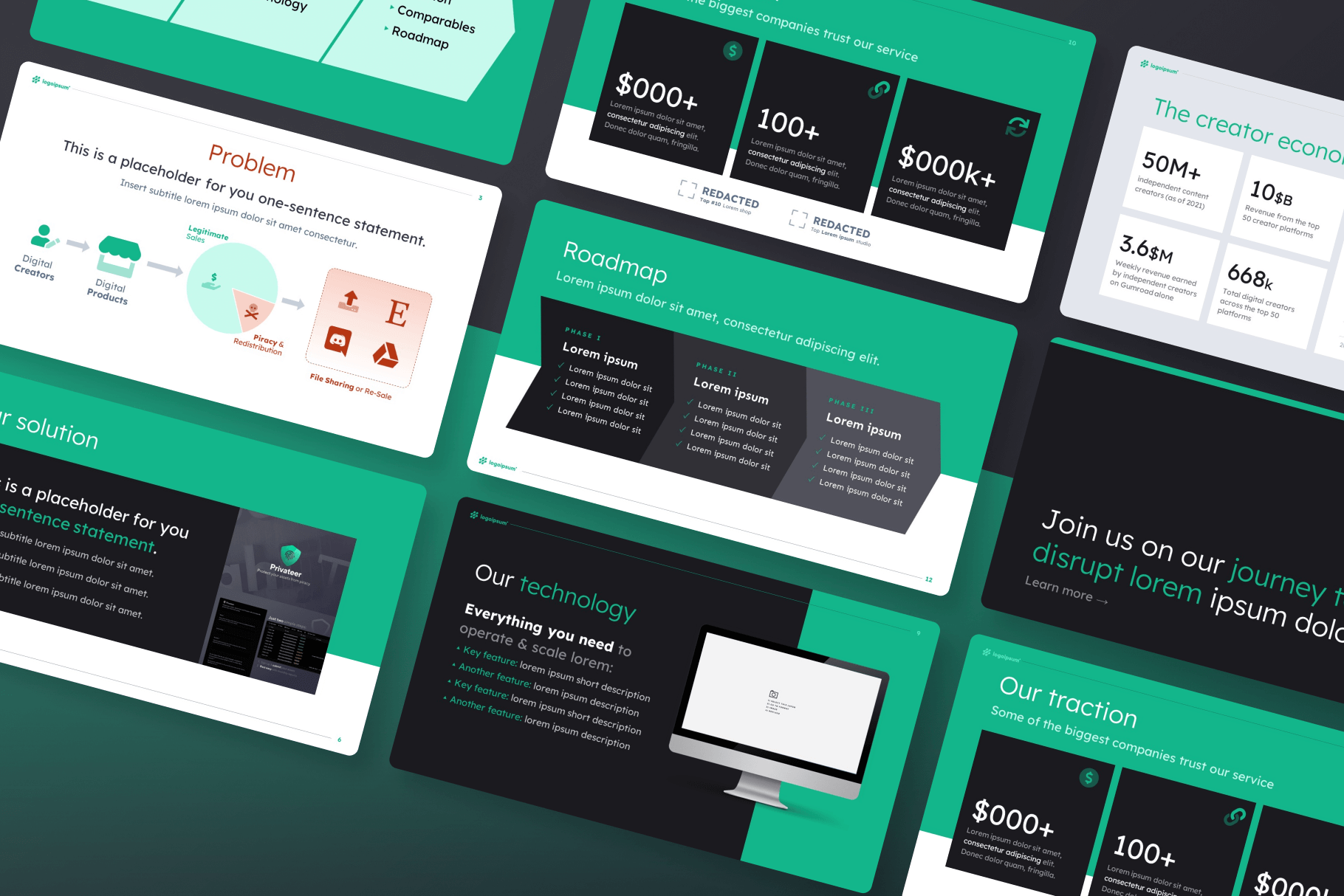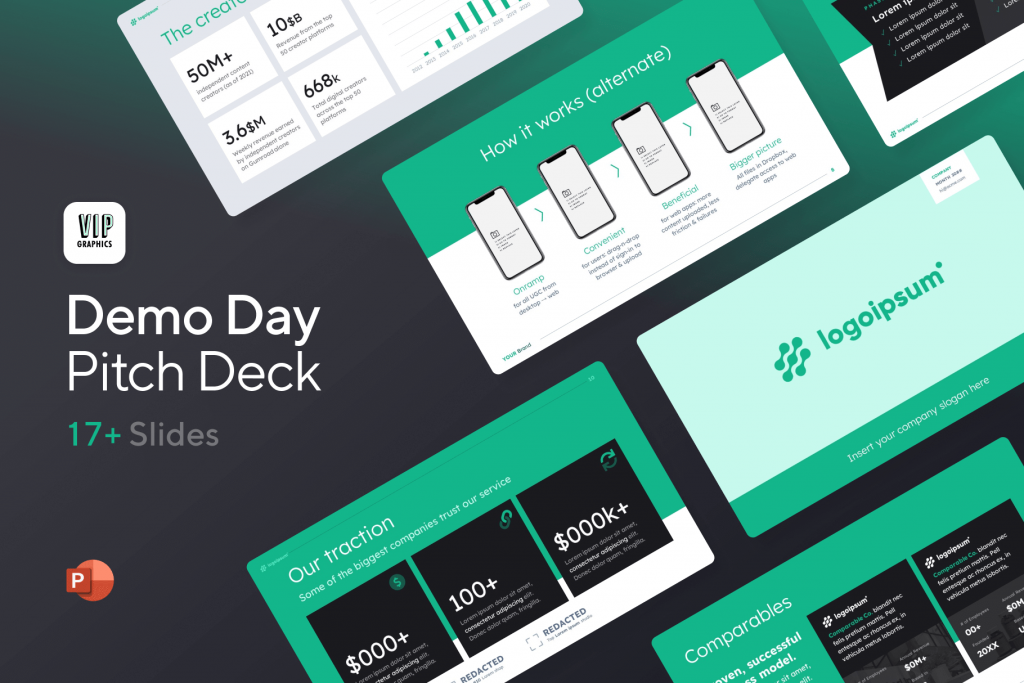In the world of accelerators, demo day pitch decks play a critical role in helping startups make the jump from angel & pre-seed funding to real institutional investment (generally in the form of seed or Series A funding).
What is a Demo Day pitch?
Techstars describes a demo day as “an opportunity for startups to sell their story to investors and potential partners, with the aim of raising money or gaining traction through partnerships and relationships.”
Startup companies participating in an accelerator program have the opportunity to give their culminating pitch at the end of their program. Hosted at the end of an accelerator program, Demo Day is the formal reveal of an accelerator’s talent. The purpose of the event is to connect accredited and active investors with promising founders & startups.
Given that most demo days feature a roster of startups, the pitches almost always have a time limit (generally between 2 – 4 minutes) to ensure the event runs on-schedule. This is the reason why many refer to the demo day presentation as the “3-minute pitch deck.”
How to create a Demo Day pitch deck
The purpose of any startup pitch is to raise funding from investors by highlighting your company’s business, market, and traction. A 3-minute pitch deck should achieve this within a brief 180 second timespan. Covering all the important details may seem tricky, but the formula for the perfect 3-minute demo day pitch can be simplified to three simple components:
1. Why — The Problem Story
First, present the personal story about how you arrived at this idea. This could be something that happened to you personally, a friend or family, or a global shift (ie. remote work, the pandemic). Alternatively, you can cite some compelling statistic — but still present it is a narrative. This slide is a great place to establish your ethos & authority in this space (answering the question of “why you?”).
2. What — Your Solution & Product
Once you have your audience’s attention, you’ll want to talk about how you plan to solve the problem or challenge you found. Use simple language and stay high-level (don’t dive into how it works or technicalities). Instead, focus on value proposition and who you help.
3. How — Traction & Roadmap
After this, you’ll want to show off what you’ve accomplished (ie. traction metrics, notable press & partnerships). Finally, end big: tell them the inspiring “blue ocean” vision that you plan to shoot for, painting a picture of the massive market you plan to target.
Tips for how to create a 3-minute pitch deck:
- Present your pitch as a story: demo day pitches differ from the typical “Problem, Solution…” formula (popularized by Sequoia). Instead, you should present your startup as the “protagonist” in narrative form.
- Given the short length of these pitches, following Guy Kawasaki’s 10/20/30 rule is a good rule of thumb when designing demo day presentations.
- It’s important to note that demo day pitches are almost always ‘presenter decks‘ (as opposed to reader decks), so you don’t have to write down every single detail — much of the minutiae can be covered in speech, so your slides are visually-engaging and concise.
- The central goal of a 3-minute pitch should be to leave the audience wanting to know more. This ensures you’ll receive interest for follow-up meetings — where you can potentially secure funding.
Tips for what NOT to do in your 3-minute pitch deck:
- You should never simply read off your slides for a 3-minute pitch deck — your speech should add thoughtful insight to your slides
- To keep readers engaged, your slides should not be filled with paragraphs: aim for as little text as possible
- Do not get lost in the minutiae of your technical feature set: investors care most about value proposition & market size
The best place to start is to watch as many demo day pitches as you can — especially from leading accelerators like Techstars & YC. You can also read our guide here about accelerator pitch decks and browse notable examples of successful demo day pitches like Airbnb & Doordash.
How to create a 3-minute pitch deck:
A demo day pitch deck is the linchpin to any startup’s success in raising seed capital after exiting an accelerator program. You might be interested in the popular Demo Day Pitch Deck Template (.PPT) designed by our pitch deck experts. Our team has created pitch collateral that has closed billions from leading investors, trusted by several YC & Techstars alums. Create a professional-grade demo day pitch in just a few minutes with this template — check it out here. Alternatively, check out our collection of pitch deck templates for startups or read our guide for accelerator pitch decks here.

